10 TV Shows from the ’70s That Still Influence Modern Sitcoms
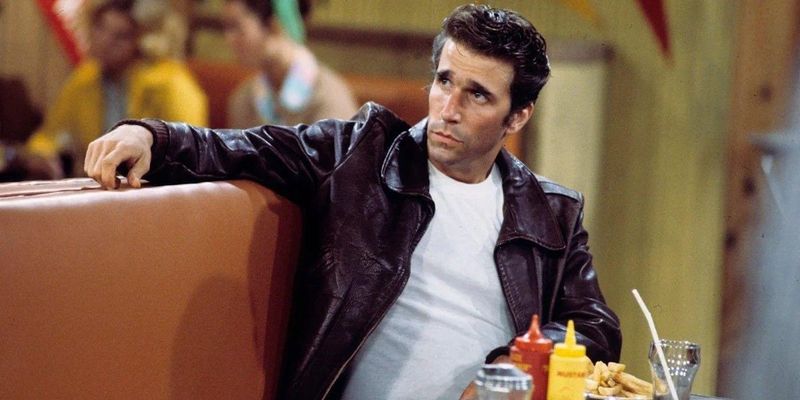
The 1970s weren’t just about bell-bottoms, disco, and lava lamps—they also gave us some of the most iconic sitcoms ever created. These shows didn’t just make audiences laugh; they reshaped television and laid the groundwork for what we now consider “modern comedy.” From socially charged family dramas to quirky workplace ensembles, the sitcoms of this era dared to push boundaries and created formulas still used today.
1. All in the Family (1971–1979)
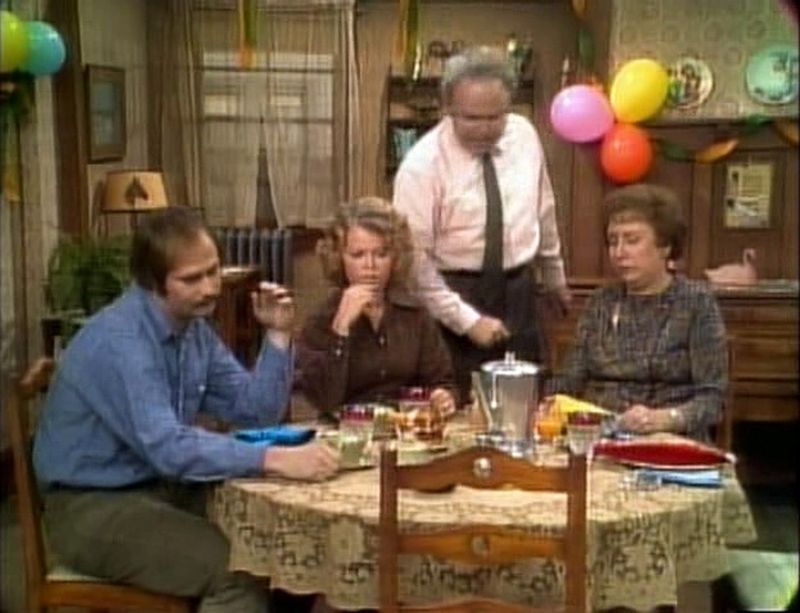
Archie Bunker wasn’t just a character—he was a cultural shockwave. All in the Family brought controversial topics like racism, politics, and gender roles right into America’s living rooms, sparking conversations that sitcoms had previously avoided.
Instead of shying away from discomfort, the show leaned into it, using humor as a way to unpack difficult issues. Modern sitcoms owe a lot to this fearless approach. Shows like Black-ish or The Conners often mirror this same style, tackling big topics through the lens of everyday family life.
By proving that comedy could be both funny and socially relevant, All in the Family redefined what television was capable of—and left a legacy that continues to challenge writers today.
2. M*A*S*H (1972–1983)
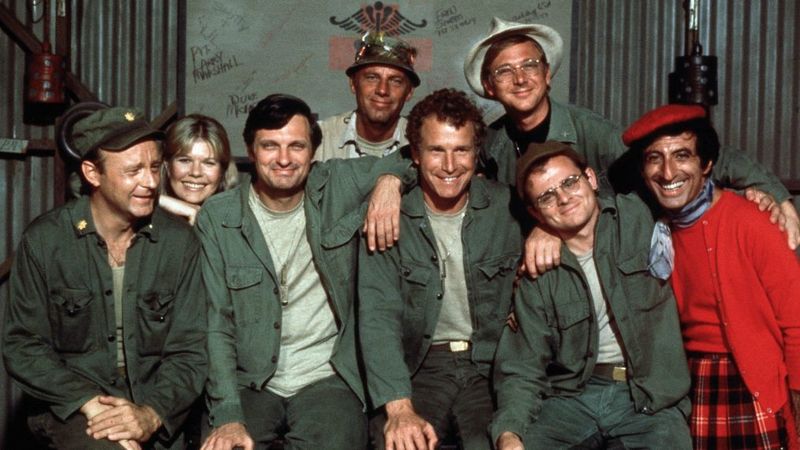
Set during the Korean War, M*A*S*H blended sharp wit with heartbreaking drama in a way that hadn’t really been done before. Yes, it was funny—but it was also deeply human, showing the absurdity of war while giving viewers characters they could care about.
It was one of the first true “dramedies,” pulling audiences from laughter to tears within minutes. That balance has become a blueprint for modern sitcoms. Think of Scrubs, The Office, or even BoJack Horseman—all shows that combine comedy with an undercurrent of emotional depth.
M*A*S*H proved that sitcoms could be more than just gag reels; they could tell meaningful stories while still making us laugh, and that’s a formula that never gets old.
3. The Mary Tyler Moore Show (1970–1977)
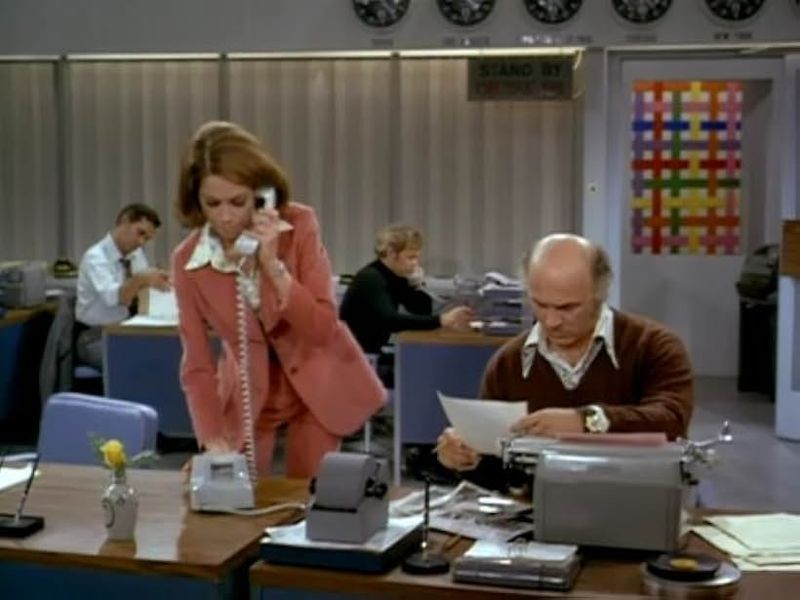
Mary Richards wasn’t the typical TV woman of her time. She was single, career-focused, and unapologetically independent, all while navigating life in a bustling newsroom.
The Mary Tyler Moore Show proved that a sitcom could succeed without the traditional family setup, breaking stereotypes for women on television. Fast forward to today, and you can see Mary’s influence in characters like Liz Lemon (30 Rock), Murphy Brown, and even Mindy Lahiri (The Mindy Project). The show not only celebrated strong female leads but also made workplace comedy a genre of its own.
With sharp writing, relatable characters, and a pioneering spirit, it paved the way for countless comedies centered on ambitious, imperfect, and lovable women.
4. Happy Days (1974–1984)
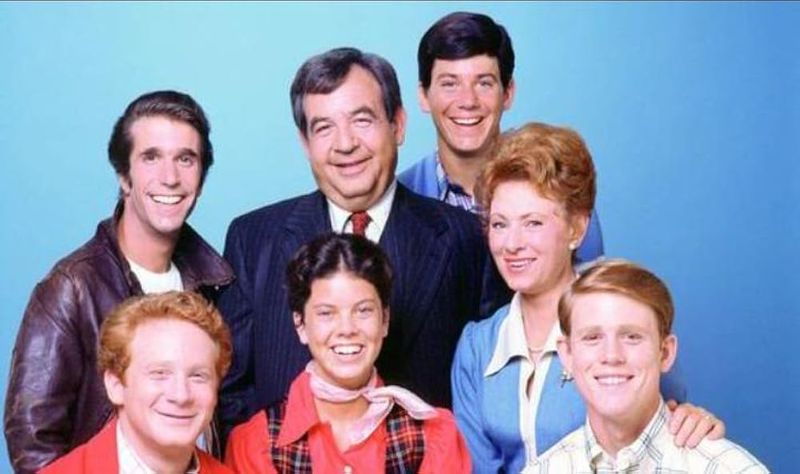
Nostalgia was the secret sauce of Happy Days. While it was set in the 1950s, the show became a cultural juggernaut of the 1970s, reminding audiences of simpler times while introducing unforgettable characters like Fonzie. It wasn’t just a family sitcom—it was a pop culture phenomenon.
Shows like That ’70s Show and The Goldbergs clearly borrowed the idea of using a past decade as both a setting and a character. Even today, TV loves to mine nostalgia for comedic effect.
Happy Days taught sitcoms how to balance family warmth, youthful antics, and cultural throwbacks, making it one of the most enduring templates for feel-good comedy that still works decades later.
5. Sanford and Son (1972–1977)
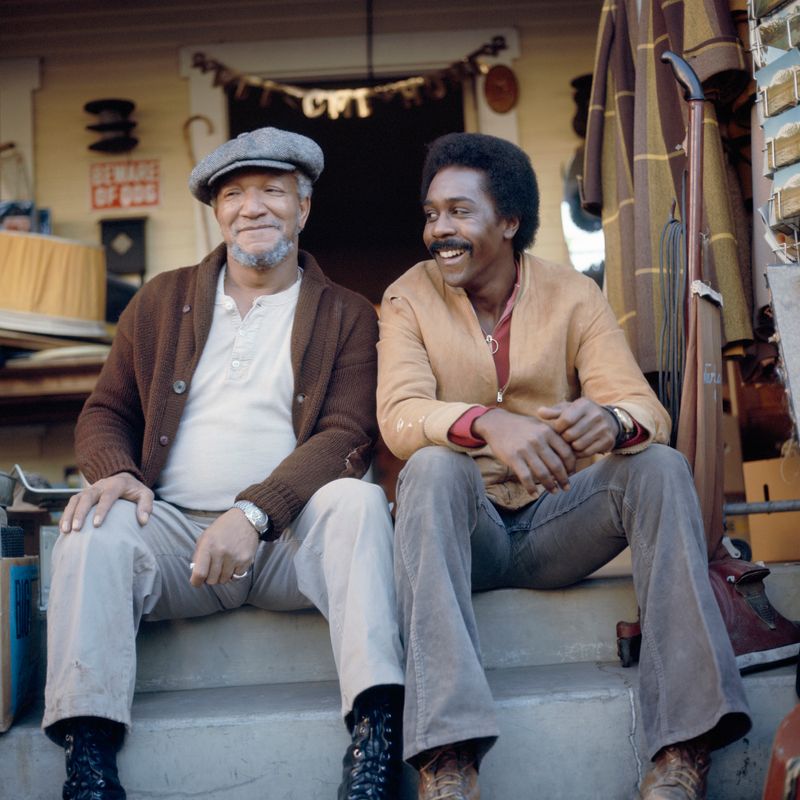
Fred Sanford’s quick wit and sharp tongue turned this sitcom into a comedy powerhouse. What made Sanford and Son stand out was its fearless use of sarcasm, bickering, and fast-paced dialogue between father and son. It was raw, funny, and unpolished in a way that audiences loved.
This style of comedy laid the groundwork for future shows that thrived on banter. Everybody Hates Chris and The Bernie Mac Show both borrowed from this formula, showing the humor in tough family dynamics.
Sanford and Son proved that sitcoms didn’t need to be neat and tidy—they could be messy, loud, and hilarious while still delivering heartwarming moments in between all the insults.
6. Good Times (1974–1979)
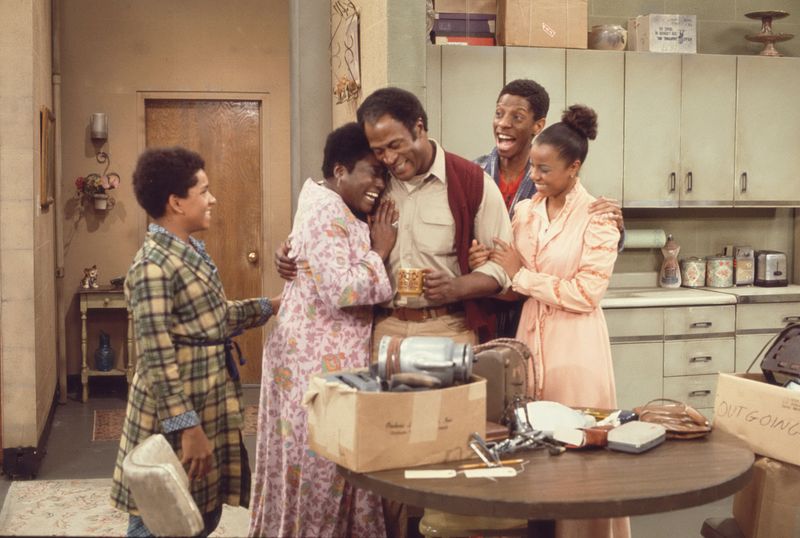
As one of the first sitcoms to portray the struggles of a working-class Black family, Good Times was groundbreaking. It didn’t shy away from tough realities like unemployment, poverty, and systemic inequality, but it always infused those struggles with humor and hope.
The show gave audiences both laughter and an honest look at issues often ignored on television. Its influence can be seen in shows like Family Matters and The Fresh Prince of Bel-Air, which continued to highlight Black family life with a mix of comedy and heart.
Good Times wasn’t just entertainment—it was representation, and it set a powerful precedent for sitcoms that wanted to balance humor with meaningful social commentary.
7. Three’s Company (1977–1984)
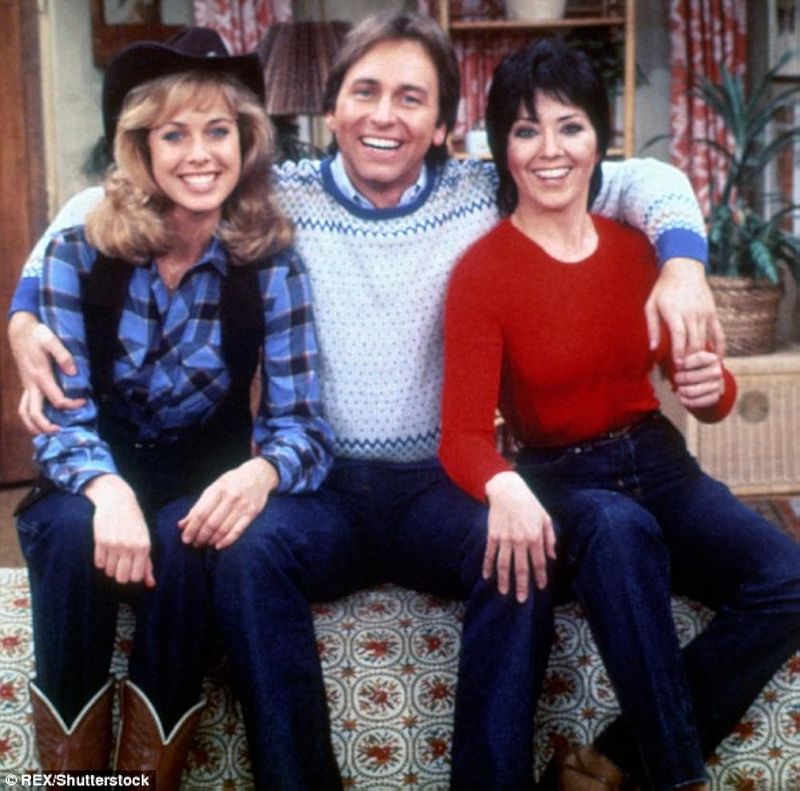
Few shows milked misunderstandings for laughs like Three’s Company. Jack Tripper’s constant juggling of secrets, mistaken identities, and comedic accidents made the show a masterclass in farce and physical comedy. While some of its humor was risqué for the time, it became a formula audiences couldn’t resist.
That formula is alive and well in modern sitcoms. Friends, New Girl, and even How I Met Your Mother thrive on love triangles, awkward secrets, and slapstick timing.
Three’s Company showed that sitcoms didn’t have to be about family—they could be about friendships, roommates, and the ridiculous situations we all get ourselves into. It’s proof that some comedic tropes are simply timeless.
8. Taxi (1978–1983)
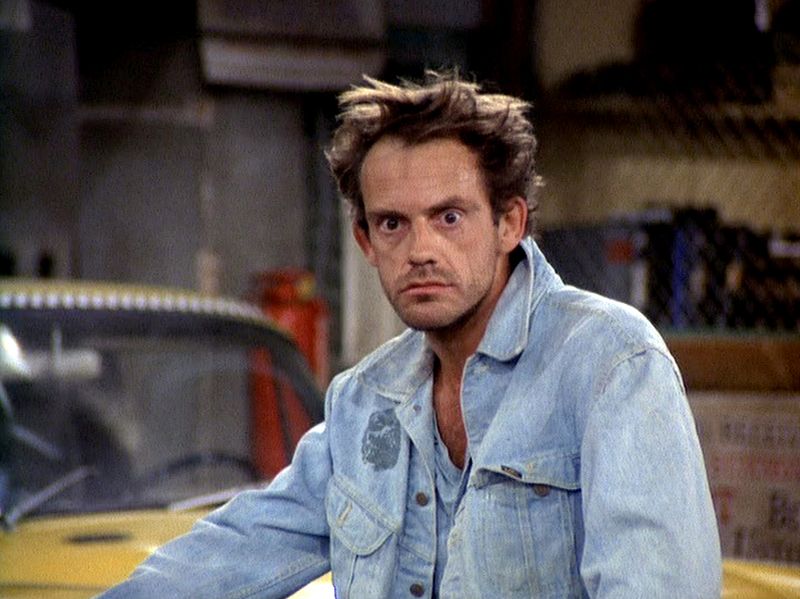
Life in a New York cab garage might not sound funny on paper, but Taxi turned it into comedy gold. With an ensemble cast featuring characters like the clueless mechanic Latka and the cranky dispatcher Louie, the show highlighted the humor in everyday struggles.
What made it stand out was its mix of quirky, flawed characters and heartfelt storytelling. That DNA is visible in shows like Cheers, The Office, and Brooklyn Nine-Nine. Each uses a diverse ensemble cast where no single character dominates the story, but together they create comedic magic.
Taxi taught sitcoms that ordinary workplaces can be extraordinary settings for character-driven humor—and it remains one of the best examples of ensemble comedy ever made.
9. WKRP in Cincinnati (1978–1982)
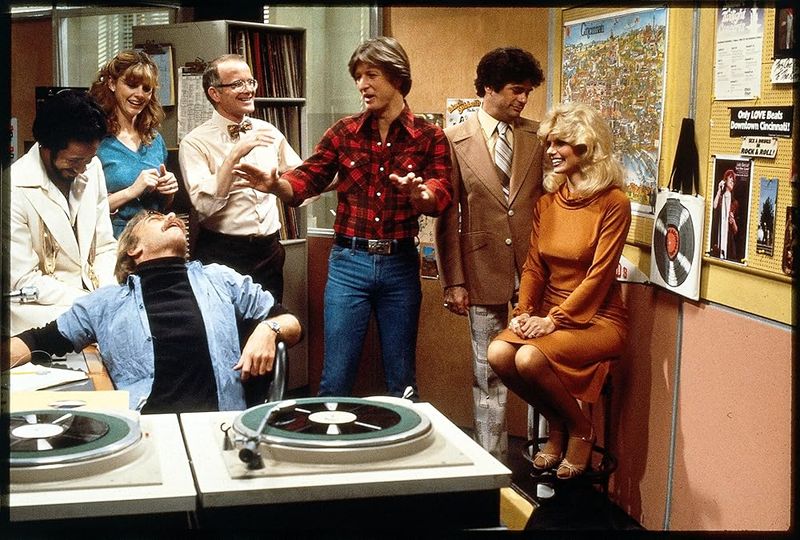
Behind the scenes of a failing radio station, WKRP in Cincinnati showed viewers the chaos of working in a unique office environment. It was clever, character-driven, and perfectly captured the absurdities of workplace culture—long before the days of The Office.
The show’s DNA lives on in modern workplace comedies like Parks and Recreation and 30 Rock, which thrive on unusual office settings and quirky coworkers. WKRP wasn’t afraid to let its characters be weird, ambitious, or downright incompetent, and that authenticity made the humor even better.
It proved that sometimes the funniest moments don’t come from big families or wild premises, but from the everyday madness of trying to do your job.
10. Barney Miller (1975–1982)
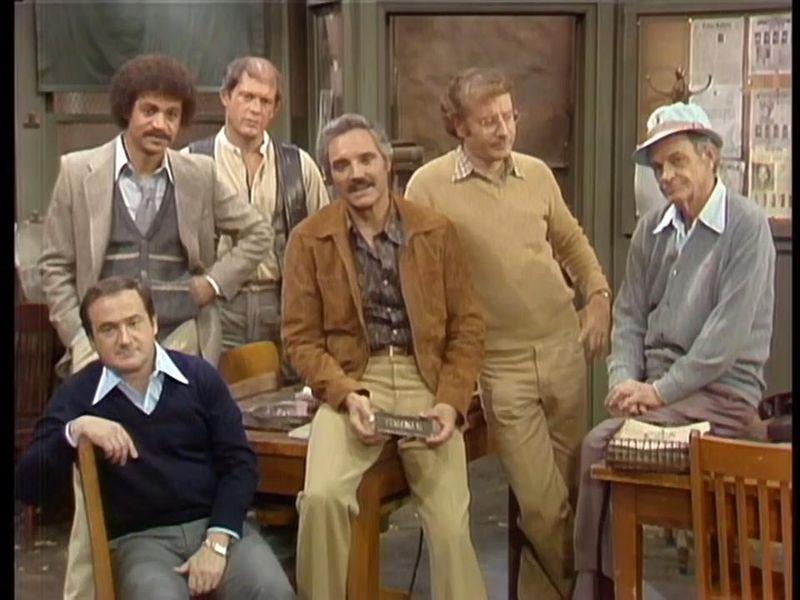
Unlike many sitcoms of its time, Barney Miller was subtle, smart, and slow-burning. Set in a New York police precinct, it avoided over-the-top antics and instead focused on character-driven humor and witty dialogue.
The show mixed comedy with sharp social commentary, reflecting the issues of its time without losing its charm. Fast forward to today, and you can see its fingerprints all over Brooklyn Nine-Nine, which combines workplace comedy with themes of justice and social issues.
Barney Miller proved that sitcoms didn’t need slapstick or outrageous plots to work—they just needed well-written characters, sharp humor, and a willingness to reflect the real world with both honesty and warmth.

Comments
Loading…